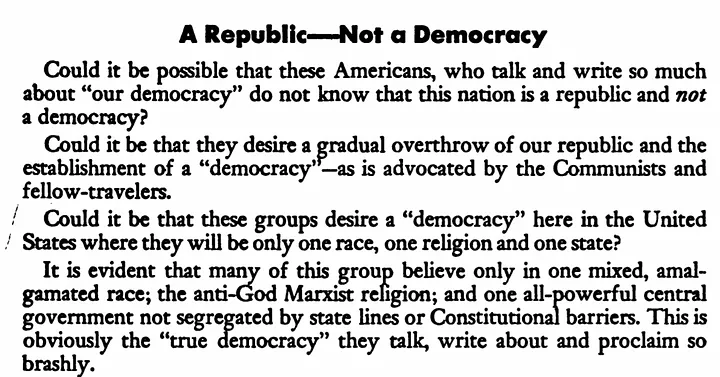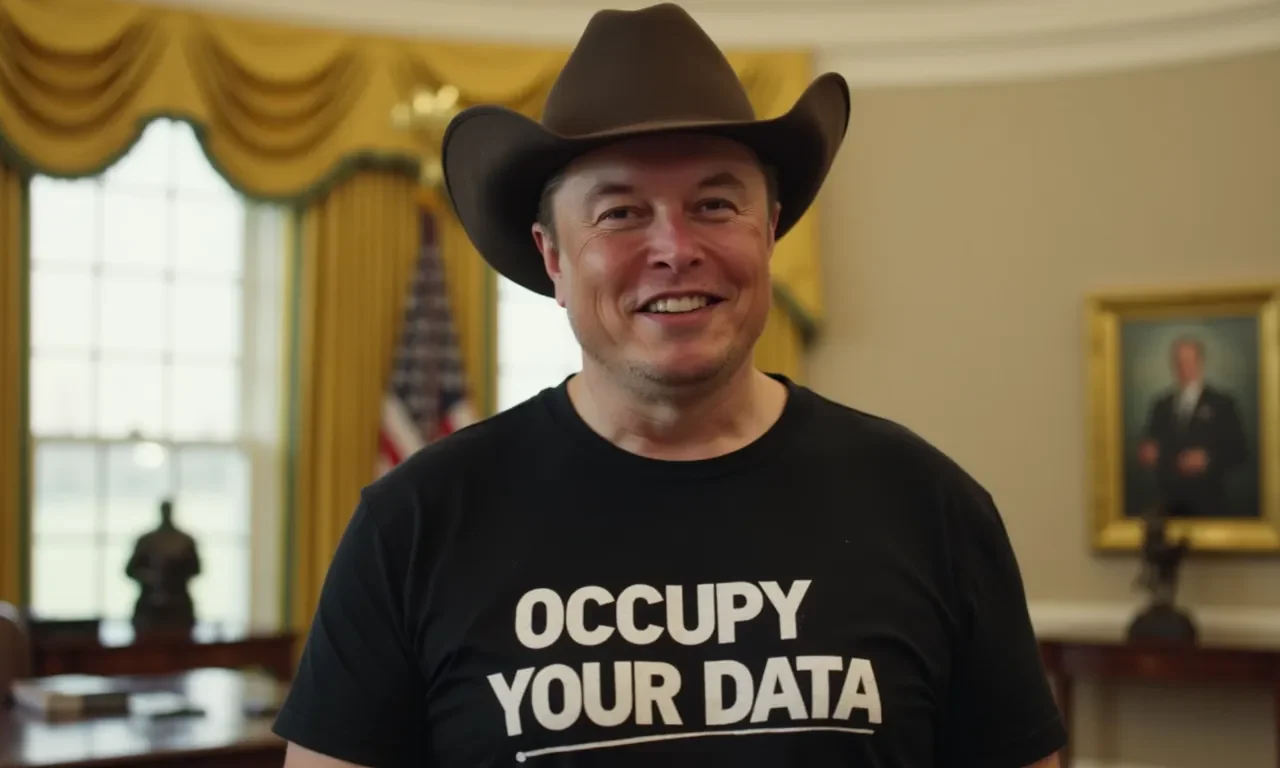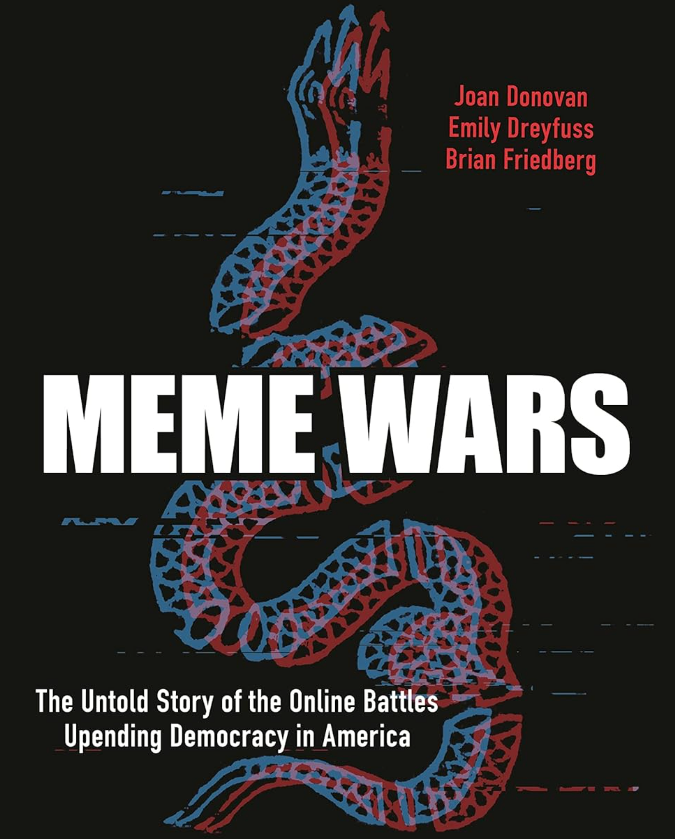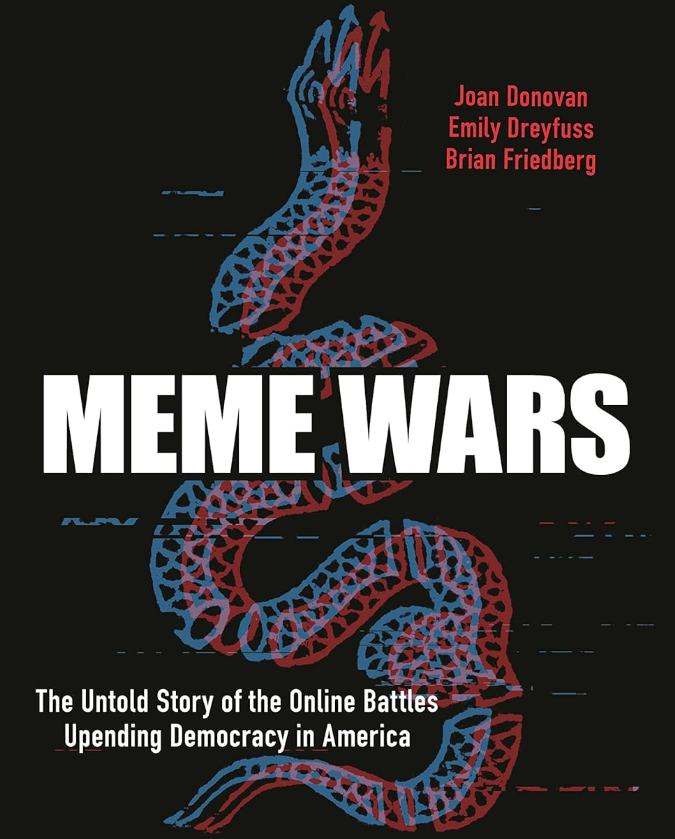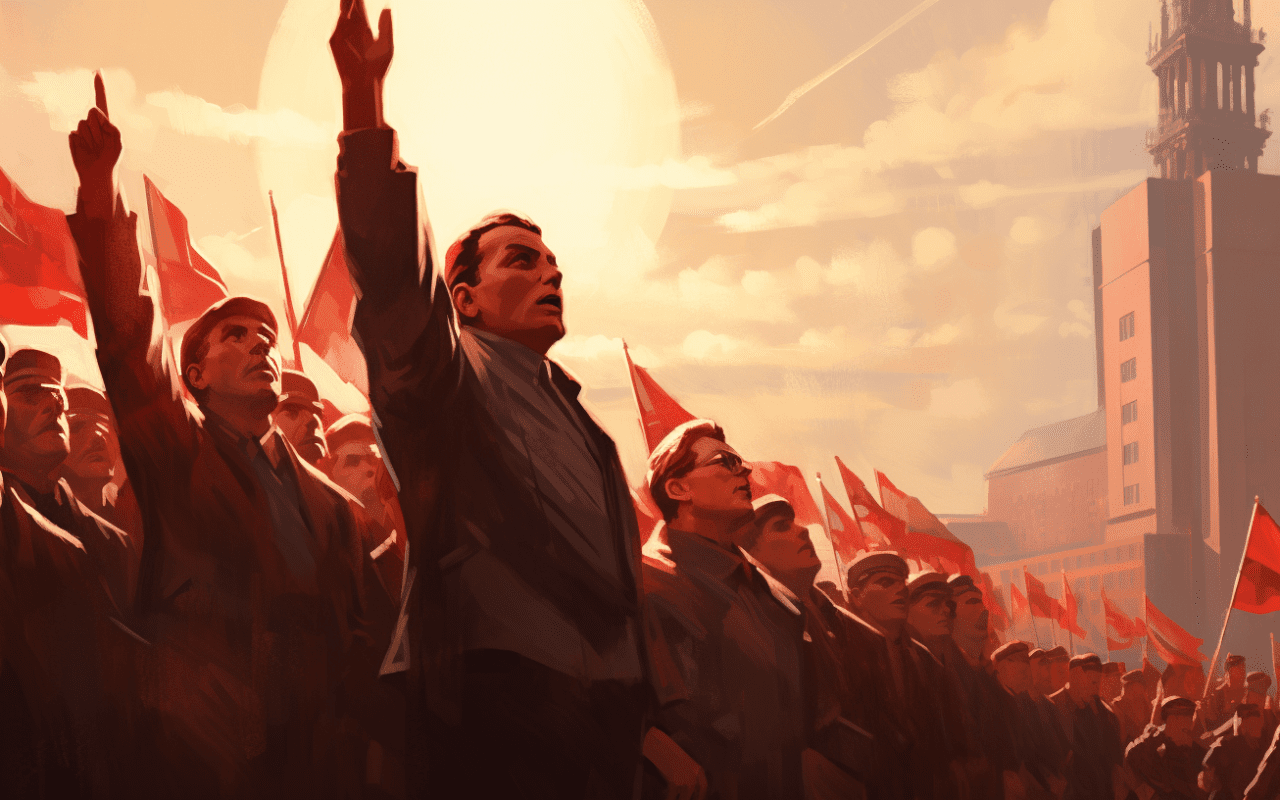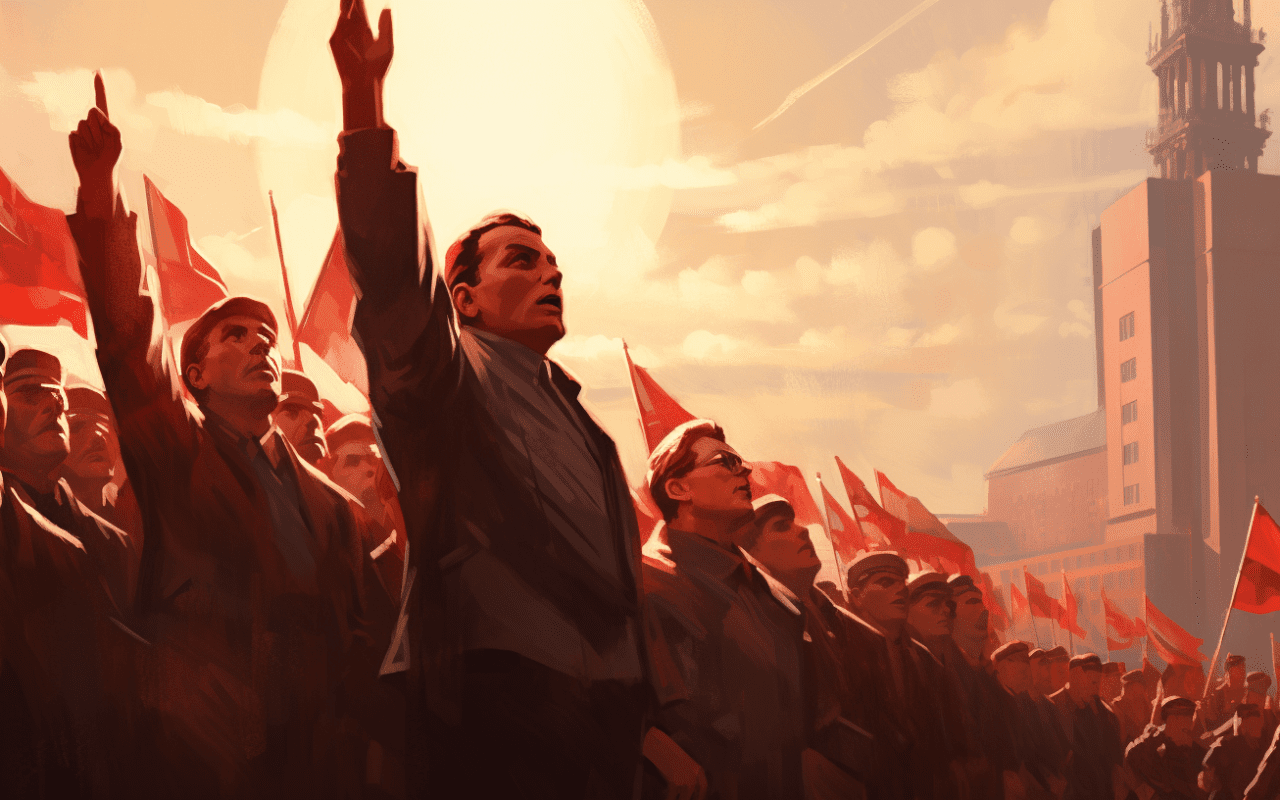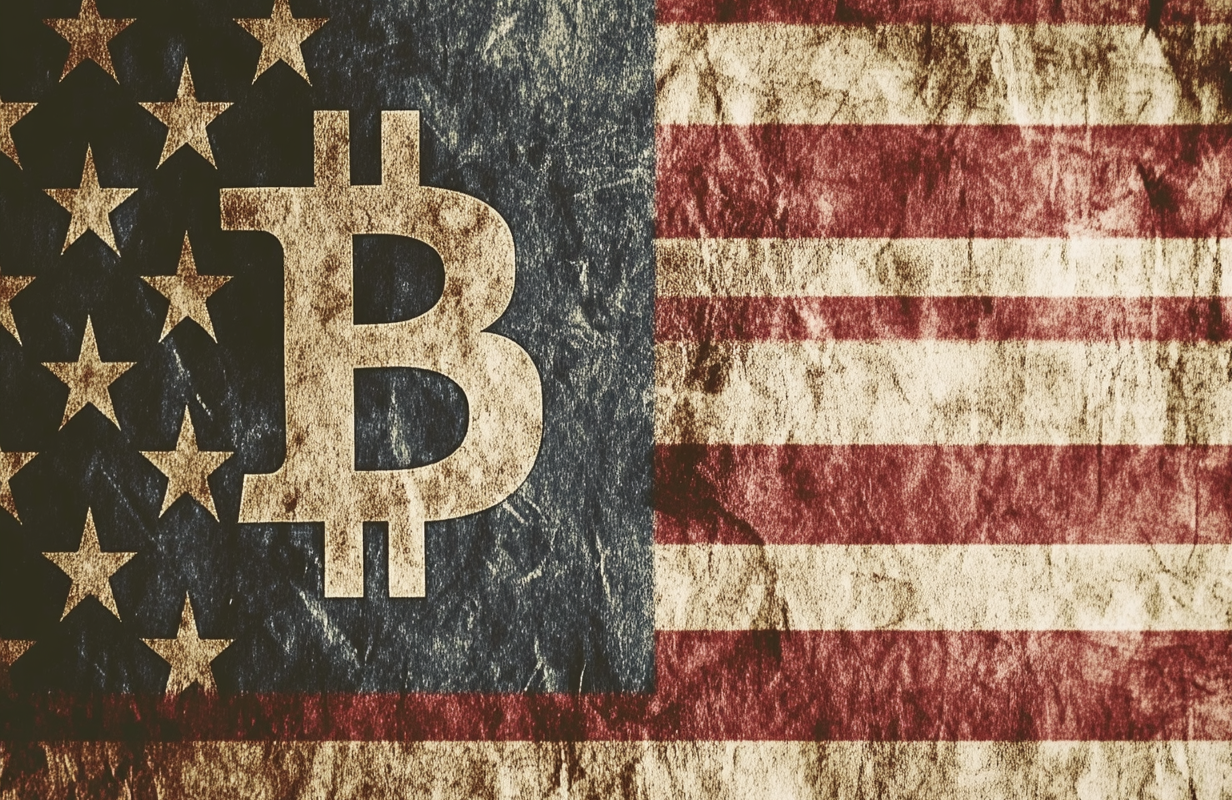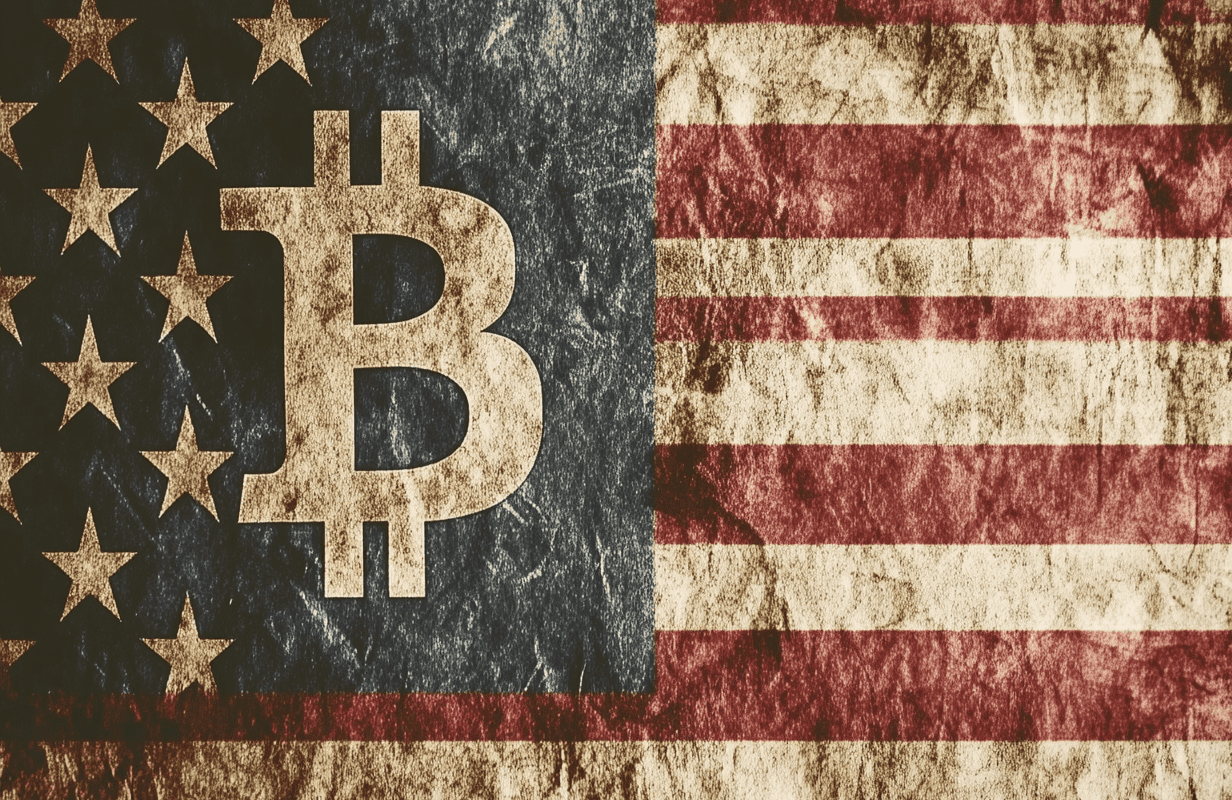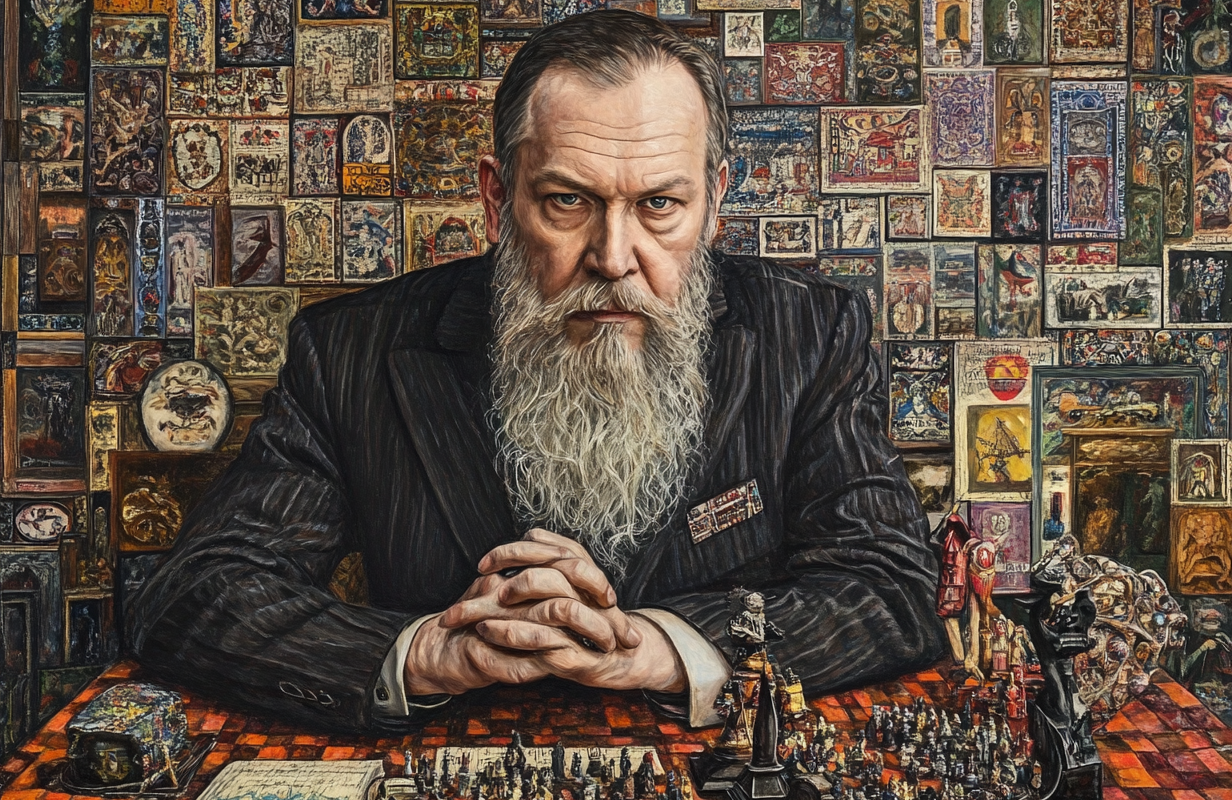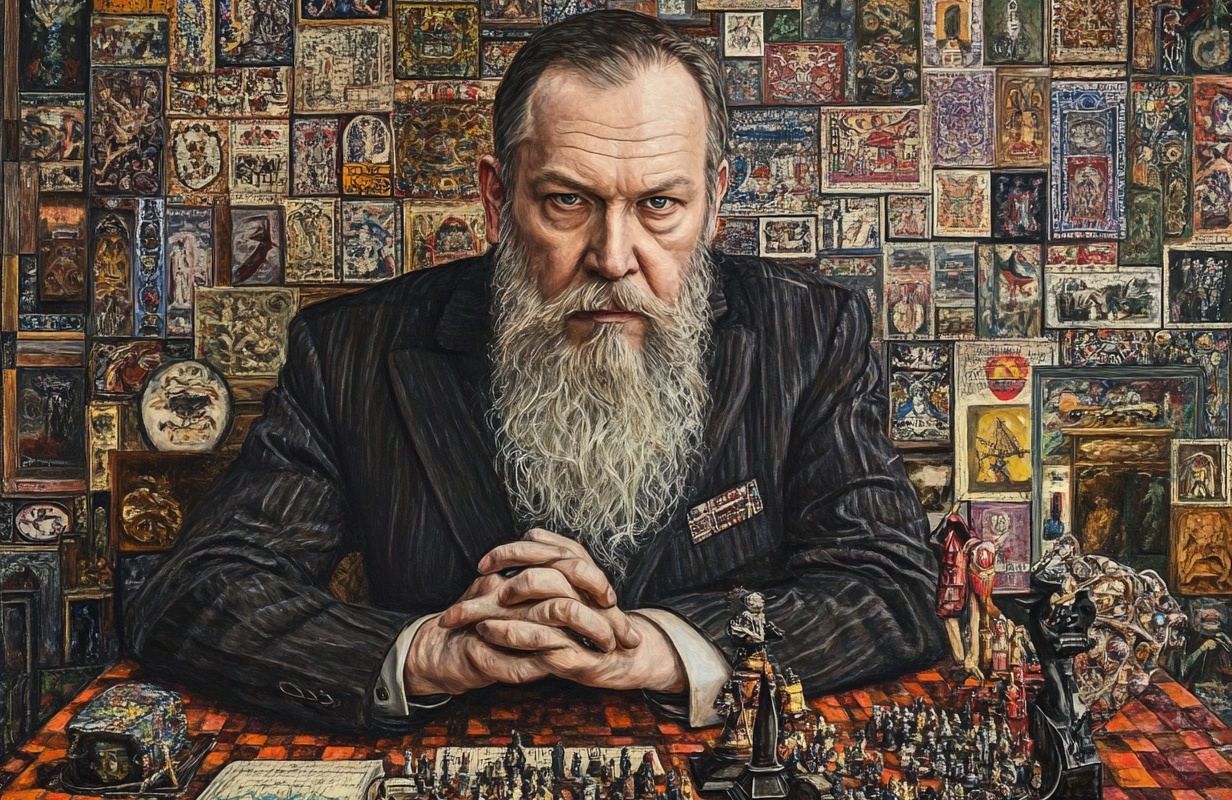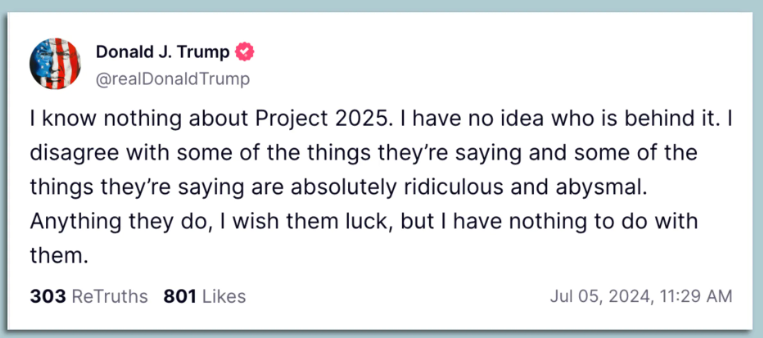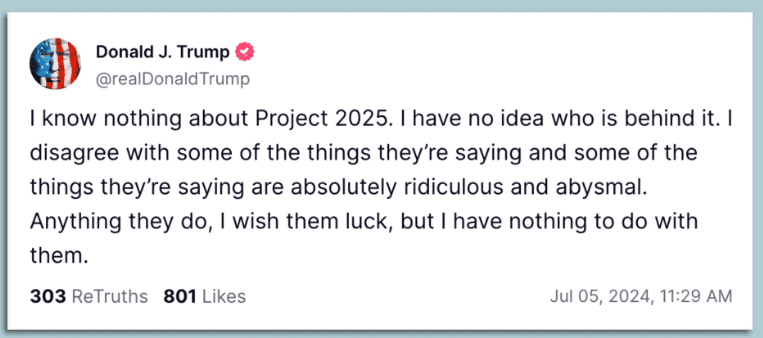But you don’t have to take our word for it — just ask the Vice President of the Confederacy what his reasons were in the infamous Cornerstone Speech of 1861, just a few weeks before the Confederates fired on Fort Sumter:
“The new [Confederate] constitution has put at rest, forever, all the agitating questions relating to our peculiar institution — African slavery as it exists amongst us — the proper status of the negro in our form of civilization. This was the immediate cause of the late rupture and present revolution . . . The prevailing ideas entertained by . . . most of the leading statesmen at the time of the formation of the old constitution, were that the enslavement of the African was violation of the laws of nature; that it was wrong in principle, socially, morally, and politically. . . Those ideas, however, were fundamentally wrong. They rested upon the assumption of . . . the equality of races. This was an error . . .
Our new government is founded upon exactly the opposite idea; its foundations are laid, its corner–stone rests upon the great truth, that the negro is not equal to the white man; that slavery — subordination to the superior race — is his natural and normal condition.”
— Alexander H. Stephens, March 21, 1861, reported in the Savannah Republican, emphasis in the original
The “States’ Rights” Contradiction
One of the clearest ways to prove the war was about slavery—and not abstract “states’ rights”—is to look at how the Confederacy treated the rights of Northern states.
- The Fugitive Slave Act Paradox: Southern leaders explicitly opposed “states’ rights” when Northern states attempted to exercise them. When Northern states passed “Personal Liberty Laws” (exercising their sovereign right to not enforce federal slave-catching laws), Southern states demanded the Federal Government override these state laws.
- South Carolina’s Declaration: In its “Declaration of Causes,” South Carolina specifically lists the failure of Northern states to enforce the federal Fugitive Slave Act as a primary grievance. They were not fighting for the right of states to choose their own laws; they were fighting for the federal government to enforce slavery across all states
The Rejection of the “Forever” Amendment (Corwin Amendment)
Perhaps the most damning evidence is the South’s rejection of the Corwin Amendment.
- The Offer: In a last-ditch effort to prevent war, the Northern-controlled Congress actually passed a Constitutional Amendment (the original 13th Amendment) in early 1861. It would have protected slavery forever in the states where it already existed, guaranteeing the federal government could never abolish it.
- The Rejection: If the South were seceding simply to “protect their property” or “defend against Northern aggression,” they would have accepted this victory. Instead, they rejected it. Why? Because the amendment only protected slavery where it was, but did not guarantee its expansion into new western territories. The South seceded not just to keep slavery, but to ensure it could grow into a continental empire
